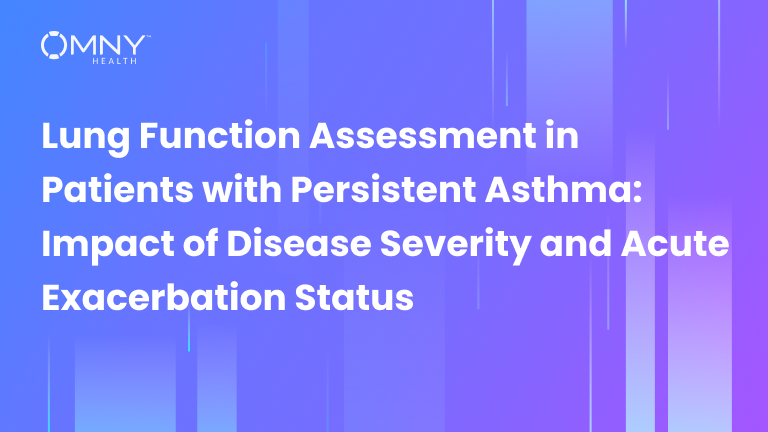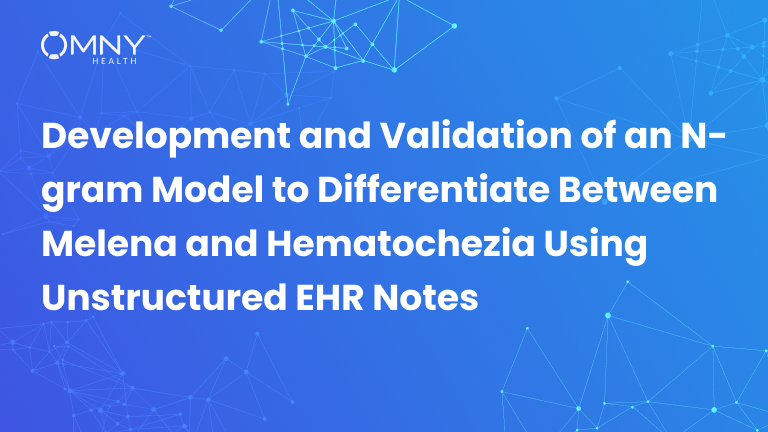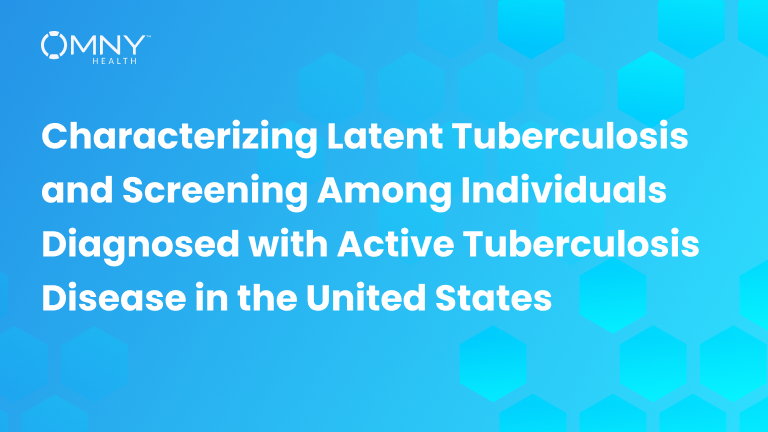Pruritus, or chronic itch, is one of the most common symptoms reported in dermatology, yet real-world treatment patterns remain poorly characterized. While topical therapies are typically the first-line approach, severe cases often require systemic interventions. But how do clinicians determine when to escalate therapy? OMNY Health conducted a real-world evidence study leveraging research-ready EHR data from six specialty dermatology networks to examine how itch intensity, a critical but underutilized measure, influences real-world prescribing patterns. By integrating structured and unstructured clinical data, OMNY provides new insights into the relationship between symptom severity and treatment decisions.
Quantifying Pruritus Severity in Real-World Data
While pruritus is a symptom, its severity can significantly impact quality of life and treatment choices. This study focused on patients with a documented 10-point itch intensity score, captured through physician assessments and patient-reported outcomes. The dataset included 7,330 patients with 8,115 encounters, capturing the following structured severity measures:
- Itch intensity scores (0-10 scale) recorded alongside pruritus-related encounters.
- Pruritus-related prescriptions categorized into topical and systemic treatments.
- Demographic characteristics, including age, gender, and race, to understand patient stratification.
- Treatment patterns by disease severity, assessing whether increasing itch intensity influenced therapy selection.
By leveraging EHR-derived severity assessments, the study provides a more granular understanding of how treatment decisions align with symptom burden.
How Itch Intensity Drives Treatment Decisions
Findings revealed a clear relationship between itch severity and systemic therapy use, while topical therapies were prescribed at consistent rates across all levels of severity.
- Topical corticosteroids were the most prescribed treatment, used in nearly half of all pruritus-related visits, regardless of itch intensity.
- Topical calcineurin inhibitors were prescribed far less frequently, at around 10% of cases, with minimal use of alternative topical therapies.
- Systemic therapy prescriptions increased as itch severity worsened, with sedative antihistamines emerging as the most commonly used option.
- Prescription rates for sedative antihistamines climbed from 13% in mild cases to 26% in severe cases, while other systemic treatments—including non-sedative antihistamines, systemic doxepin, SSRIs, and opioid receptor antagonists—were prescribed far less frequently.
The increasing use of sedative antihistamines in severe cases suggests a reliance on limited systemic options, leaving a gap in alternative therapies for patients with refractory pruritus.
Why Itch Intensity Matters for Clinical and Research Applications
The underutilization of structured itch severity scores in real-world studies has historically limited the ability to quantify treatment impact. Our findings reinforce why itch intensity should be a standard measure in both clinical decision-making and drug development. For clinicians, understanding real-world prescribing trends tied to symptom severity can optimize treatment pathways and inform escalation decisions. For researchers and trial sponsors, itch intensity scores provide an opportunity to refine patient segmentation, support cohort identification, and assess real-world treatment responses. For drug developers, the limited use of alternative systemic therapies highlights a need for novel treatments, particularly for patients with refractory pruritus.
Advancing Dermatology Research with Real-World Data
This EHR-based study provides new insights into how structured itch intensity measures correlate with real-world prescribing behavior. By integrating structured severity assessments with prescribing data, OMNY Health’s research-ready datasets offer a unique lens into treatment trends, patient stratification, and disease burden.







